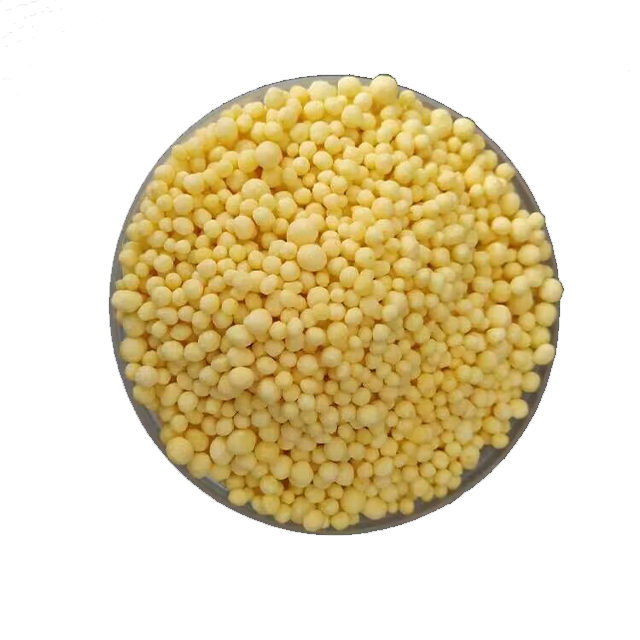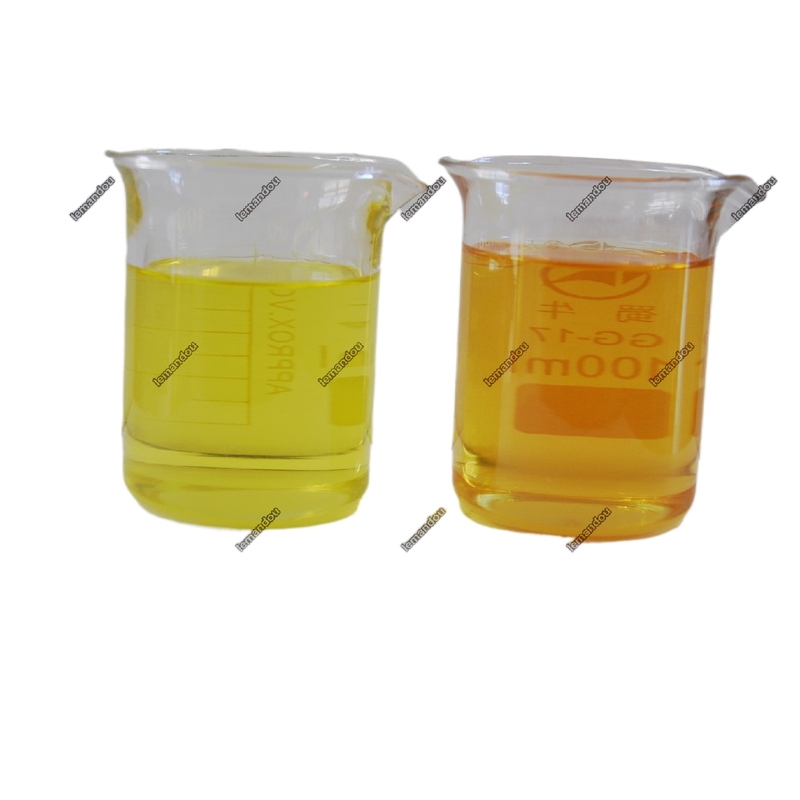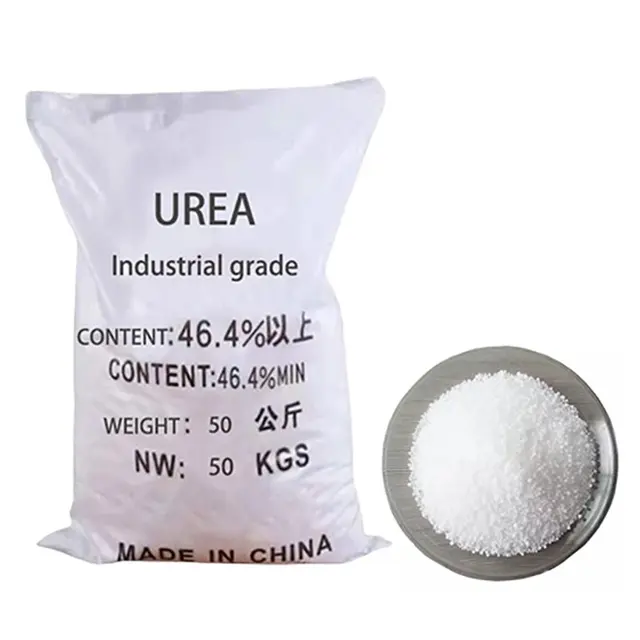-

Effects of boron on plant growth
Boron is a trace element fertilizer mainly related to the transformation and transport of compounds in plants. It can affect cell elongation and division. It is an essential element for crop flowering and growth, and plays an important role in the formation and development of plant organs. Thus, ...Read more -

Agrochemical plant growth regulator 6-Benzylaminopurine
About the Application/Usage and Function: 6-Benzylaminopurine has various effects such as inhibiting the decomposition of chlorophyll, nucleic acid and protein in plant leaves, keeping green and anti-aging; transferring amino acids, auxins, inorganic salts to the treated parts. It is widely used...Read more -

What is amino acid fertilizer? What are the advantages?
Amino Acid Powder contain organic nitrogen and inorganic nitrogen, which not only can be used as raw materials for foliar fertilizer but also can be apply on the crops as water flush fertilizer, ground fertilizer and basic fertilizer. There are two source, one is from animal fur, the other is fro...Read more -

Glyphosate price rising
From USD3380/ton at the end of June, the price of glyphosate has been rising all the way since then. As of July 26, the average price in the mainstream market was 39,000 yuan/ton, and the domestic price of 95% glyphosate rose by more than 60% in one month. During the period, the price of glyphosa...Read more -

Urea as a Promising Alternative for Crop Growth and Yield Enhancement
urea plays a vital role in flower and fruit thinning of peach trees and nectarines. Although the floral organs of these trees responded relatively slowly to urea, a higher concentration of 7.4% was required for optimal results. the optimum concentration for thinning flowers and fruits is in the r...Read more -
What are the functions of NPK fertilizer?
NPK fertilizers contain nitrogen, phosphorus, and potassium, so they have different effects on plants. Nitrogen mainly increases chlorophyll and enhances vegetative growth. Phosphorus mainly promoted the formation of flower buds, large and colorful flowers, and early fruits; Potassium is mainly u...Read more -
why we should use seaweed as fertilizer?
Seaweed Fertilizer Benefits In Agriculture. Using seaweed in the garden is beneficial for plants as well as your health. Seaweed contains easily decomposable organic matter and other amendments that improve the structure of the soil. It also contains: Nitrogen – 2%; Potash – 2 To 3%; Phosphorus –...Read more -
Thiamethoxam brief introduction
Thiamethoxam belongs to eonicotinoid insecticides, whose mechanism of action is similar to imidacloprid, can selectively inhibit the receptor of acetylcholinesterase nicotinate in the central nervous system of insects, and then block the normal transmission of the central nervous system of insect...Read more -
The effect of seaweed Extract on soil, crops and fertilizer
The effect on soil Seaweed extract is a natural soil conditioner, which can directly supplement nutrients missing in the soil, activate beneficial microorganisms and have a strong inhibitory effect on harmful bacteria. The seaweed polysaccharide rich in algal extract can promote the formation of ...Read more -
Function of Gibberellic acid
Gibberellic acid is a broad spectrum plant growth regulator. It can promote the growth and development of crops, break the dormancy of seeds, tubers, bulbs and so on; 1, Promoting the growth of stem elongation The most significant physiological effect is to promote the growth of plants, wh...Read more -
How to use mineral potassium humate
It is advisable to use no less than 3-4 times a year, and several periods of use are recommended: 1. Before flowering During the flowering and fruit setting period, a large amount of nutrients are consumed. Insufficient nutrients are easy to drop flowers and buds. During the flowering period, it ...Read more -
Agrochemical plant growth regulator 3-Indoleacetic acid IAA 99% TC
Agrochemical plant growth regulator 3-Indoleacetic acid IAA 99% TC CAS No.:87-51-4 Appearance: White crystal powder Molecular Weight: 175.19 Molecular : C10H9NO2 Melting Point: 166-168 ºC Residue on Ignition: 0.08% max. Loss on Drying: 0.5% max. 3-Indoleacetic acid (IAA) is a kind of endogeno...Read more





